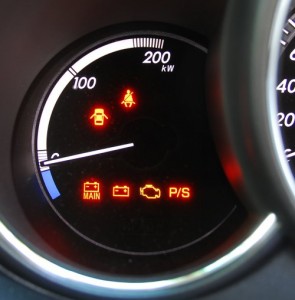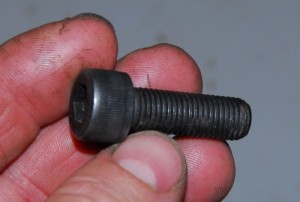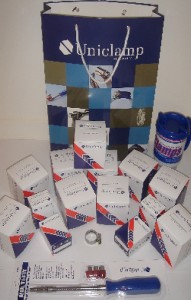Back in this blog I mused about how little power is actually needed in a car. My benchmark was not acceleration or top speed. Instead, it was the ability of a car to climb hills at the open-road speed limit (here in Australia, 110 km/h).
Based on dyno tests and the hill-climbing performance of my diesel Peugeot 405, I decided an at-the-flywheel figure of 35 kW/tonne was about the right minimum.
I applied that idea to electric cars, where for reasons of lightness, battery power consumption and cost, an electric motor that errs on the side of smallness makes sense.
A number of comments were then made that this was completely wrong, that electric motors don’t work in that way (apparently, an electric kilowatt is different to a petrol motor kilowatt!) and so on. However, I saw no evidence that suggested a power/weight ratio of about 35kW a tonne was not the minimum for a car to be competent on the open road. (And a reasonably aerodynamically slippery car, at that.)

Recently, I’ve driven three cars that have a instantaneous power output display on the dashboard. These are all Lexus hybrids – the LS600hL, the GS450h and the RX400h. The latter’s display is shown above.
With this gauge I was able to see exactly how much power was being transmitted to the wheels, irrespective of torque curves, throttle position or anything else.
The actual power going to the wheels.
The RX400h weighs-in at 2040kg – say with my body mass, 2130kg.
Typically, I used in normal driving – even sporty urban driving – an indicated 50kW or less. That’s just a little under 24kW/tonne.
Getting into it more strongly, 75kW showed on the dial – but I stress, this was now going harder than most people would drive most of the time. That’s a power/weight ratio of 35kW/tonne.
To get 100kW (or higher) showing on the gauge, you had to be clearly pushing the car hard.
And 200kW? Full throttle and with lots of revs – completely unlike 99 per cent of daily driving.
I already know from the Peugeot that, if the car is being driven well, 35 kW/tonne is enough for open road driving – and now I know that it’s also sufficient for even quite sporty urban driving.

 Julian Edgar, 50, has been writing about car modification and automotive technology for nearly 25 years. He has owned cars with two, three, four, five, six and eight cylinders; single turbo, twin turbo, supercharged, diesel and hybrid electric drivelines. He lists his transport interests as turbocharging, aerodynamics, suspension design and human-powered vehicles.
Julian Edgar, 50, has been writing about car modification and automotive technology for nearly 25 years. He has owned cars with two, three, four, five, six and eight cylinders; single turbo, twin turbo, supercharged, diesel and hybrid electric drivelines. He lists his transport interests as turbocharging, aerodynamics, suspension design and human-powered vehicles.




